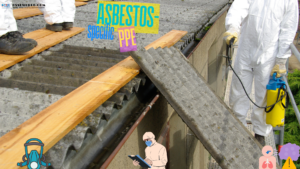Measles Infection
2 min readMeasles is a very contagious infection, also known as Rubeola. Caused by a virus, measles is easily spread. It produces a rash all over the body and can be life-threatening for some people. Thanks to the measles, mumps, and rubella vaccine, measles outbreaks are infrequent in Canada.


The risks
Anyone with measles who breathes, coughs, sneezes, or talks releases virus into the air. The virus can survive on surfaces for up to two hours and in the air for about 30 minutes. You can catch the virus if you inhale infected air. You can also catch it if you touch a contaminated surface and then touch your eyes or mouth. Direct contact with secretions from an infected person’s runny nose, eyes, or cough puts you at risk too.
How to reduce the risks
If a worker or workers could be exposed to measles, the employer must develop and implement an exposure control plan (ECP). This plan must identify the workers at risk of exposure and the controls that are required to protect those workers. These will be unique to each worksite and work environment. When choosing risk controls, consider the following questions.
-
1 Administrative controls
This type of control involves changing work practices and policies. Some questions to consider:
- Have workers received a vaccination for measles?
- Are workers coming into work when they are sick?
- Are workers frequently washing their hands?
- Are proper hygiene procedures and hand-washing stations in place?
- Are work surfaces being disinfected frequently?
-
2Personal protective equipment (PPE)
This is the least effective type of control. When used, there must always be at least one other control in place as well. A question to consider:
- Are workers using gloves?









